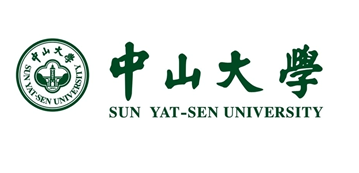Team International collaboration and world-class expertise
ANCODE combines the expertise of scientists and engineers to develop process-based understanding and predictive models of ecosystem size requirements and how to create ecosystems for coastal defence, focusing on the world's largest urban area, the Pearl River Delta.
United Kingdom
National Oceanography Centre
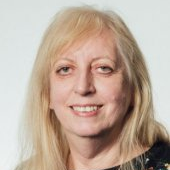
Judith Wolf Principal Investigator
I am leading WT1 on the large scale monitoring and modelling. We are working with University of Liverpool on using coupled models to investigate estuarine processes and atmosphere-wave-hydrodynamic interactions. This model will be able to incorporate patches of mangroves in areas of interest. We are designing future climate scenarios of sea level rise and storminess to test the model.
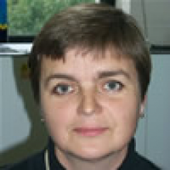
Svetlana Jevrejeva Co-Investigator
My main research interests are understanding global climate change, including regional and global sea level rise and their impact in coastal areas. I engage with stakeholders, policy makers and the international scientific community to translate our sea level science into impact and bring about societal benefit. For this project I have provided sea level projections for Guanzhou and Shenzhen in the Pearl River Delta and explored regional sea level variability. My data have been used to explore future climate scenarios by the modellers.

Michela De Dominicis Post-Doctoral Research Assistant
I am using an FVCOM (Finite Volume Community Ocean Model) implementation of the South China Sea and Pearl River Delta to understand how the future sea level rise, tides and typhoon storm surges can interact and affect coastal inundation, with and without nature-based defences (mangroves).
The University of Liverpool Team
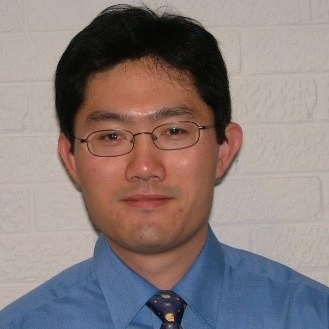
Ming Li Co-Investigator
We are implementing the coastal morphological model based on FVCOM developed by the group recently at the Pear River Delta. A new vegetation module is also integrated with the morphological model in order to investigate the mangrove’s effectiveness on coastal defence under climate changes, in close collaborations with NOC team.

Peng Zheng Post-Doctoral Research Assistant
I developed a wind stress-wave-ocean-sediment transport fully coupled coastal model system and implemented this model system into the Pearl River Estuary and its adjacent northern South China Sea to study the mechanisms of tide-surge interaction, wind stress-wave-current-surge interaction and wave-river plume interactions under (mainly) typhoon conditions. A new vegetation module is also developing underway with the support from Dr. Ming Li and Dr. Zhan Hu.
The Netherlands
The Royal Netherlands Institute for Sea Research Team
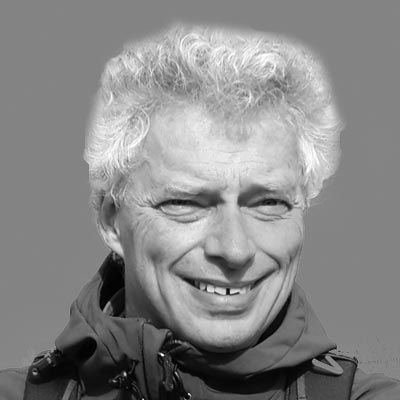
Tjeerd J. Bouma Principal Investigator
During the last 10 years, I focussed my research on bio-physical interactions between the forces originating from tidal currents and waves, and species that alter these forces and thereby the environment (i.e., ecosystem engineers). Biophysical interactions by ecosystem engineers (e.g. vegetation like salt marshes, mangroves, seagrass, aquatic water plants, reef forming animals, bioturbating animals) can have major consequences for the functioning and development of the estuarine and coastal landscape.


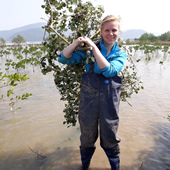
Rosanna van Hespen PhD student (with University of Utrecht)
I am a PhD student at NIOZ doing experimental and field work on mangroves to study the effects of environmental drivers such as storm and erosion on creation and restoration of mangrove forests.
The Utrecht University Team

Maarten Kleinhans Co-Investigator
China
The Sun Yat-Sen University

Zhan Hu Principal Investigator
I am leading WT3, which is to combine the knowledge of WT1 (physical) and WT2 (ecological) and develop local-scaled biogeomorphic models to predict the long-term survial of mangrove ecosystems in the Pearl River Delta. My main research interests are the bio-physical interactions in coastal ecosystems, and their implications for coastal management. I investigate wave dissipation by vegetation, marsh/ mangrove lateral dynamics and morphological equilibrium in the intertidal environment. The common objective of these studies is to improve our understanding on the resilience of coastal ecosystems and their effectiveness for flood defence. In these studies, laboratory and field experiments are combined with theoretical and numerical modelling.
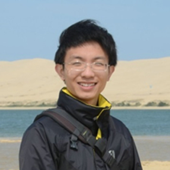
Peng Yao Co-Investigator
I'm now participating WT3 with sediment-related modeling work. My research mainly focused on mixed sediment transport processes and the associating morphological changes over different spatial and temporal scales, based on both flume experiments and numerical modeling. Sediments over tidal flat are composed by particles of different sizes (i.e., clay, silt, sand, organic matters, etc..), in both horizontal and vertical directions. So, the updated knowledge on mixed sediment transport can be utilized to describe sediment transport and morphological changes of tidal flat more accurately and with more details.
The Satellite Environment Centre Team

Chen Wang Co-Investigator
Project partners


